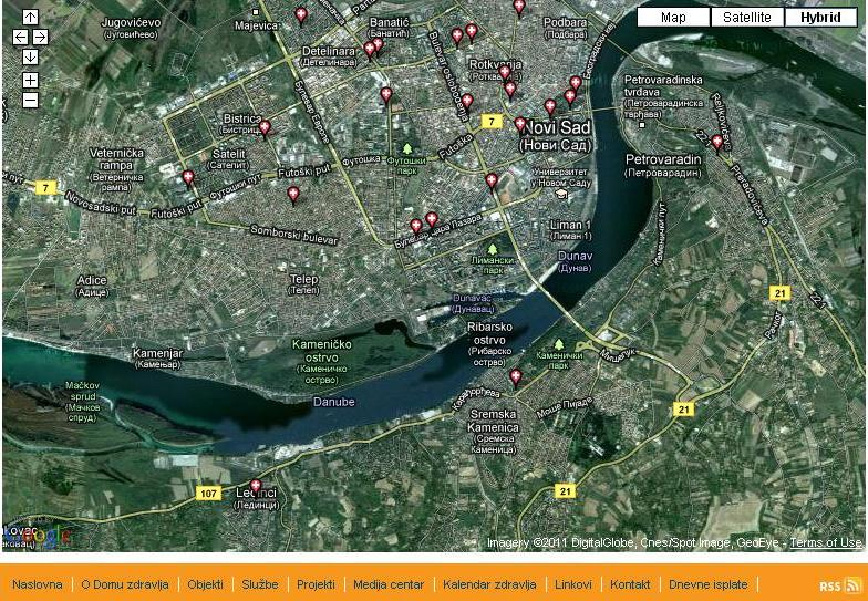Local Publications
The following publications used ISAAC data from the Novi Sad centre:
- Živcovi? Z. Prevalence of childhood asthma, rhinitis and eczema in Belgrade area and Serbia. Child Pulmonol 2002; 10(1-2): 27-43.
- Hadnadjev M. Frequency of children’s asthma, allergic rhinitis and ezcema in Novi Sad. Child Pulmonol 2002; 10(1-2): 51-55.
- Živkovi? Z, Vukašinovi? Z, Cerovi? S, Radulovi? S, Živanovi? S, Pani? E, Hadnadjev M and Adžovi? O. Prevalence of childhood asthma and allergies in Serbia and Montenegro. World J Pediatr 2010; 6(4): 331-336 epub May
Novi Sad Centre
| Phase One | Phase Two | Phase Three | |||
| Centre: | Novi Sad, Serbia and Montenegro ( Northern and Eastern Europe ) | ||||
| Principal Investigator: | Dr Mila Hadnadjev | ||||
| Age Groups: | 13-14, 6-7 | Timeframe: | February 2002 to April 2002 | ||
| Sampling Frame: | Some schools in the municipality of Novi Sad. | ||||
Personnel
Personnel
Ilijevi? Aleksandra

Health Center "Novi Sad"
Children's Health Protection
Novi Sad
Serbia
Roles:
- Phase Three collaborator for Novi Sad
Mirjana Djurdjev
Health Center "Novi Sad"
Children's Health Protection
Novi Sad
Serbia
Roles:
- Phase Three collaborator for Novi Sad
- School Professor
Jelena Djurdjev
Health Center "Novi Sad"
Children's Health Protection
Novi Sad
Serbia
Roles:
- Phase Three collaborator for Novi Sad
- School Professor
Vlaovi?-Ugljevi?anin Dušanka

Health Center "Novi Sad"
Children's Health Protection
Novi Sad
Serbia
Roles:
- Phase Three collaborator for Novi Sad
Dr Mila Hadnadjev
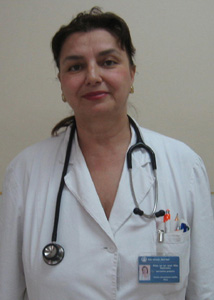
Health Center "Novi Sad"
Children's Health Protection
Novi Sad
Serbia
Roles:
- Phase Three Principal Investigator for Novi Sad
Darka Hadnadjev
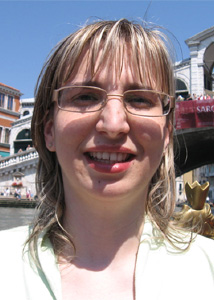
Health Center "Novi Sad"
Children's Health Protection
Novi Sad
Serbia
Roles:
- Phase Three collaborator for Novi Sad
Brati? Mirjana

Health Center "Novi Sad"
Children's Health Protection
Novi Sad
Serbia
Roles:
- Phase Three collaborator for Novi Sad
Jelena Polak-Stefanovi?
Health Center "Novi Sad"
Children's Health Protection
Novi Sad
Serbia
Roles:
- Phase Three collaborator for Novi Sad
- school pedagogue
Vera Puši?
Health Center "Novi Sad"
Children's Health Protection
Novi Sad
Serbia
Roles:
- Phase Three collaborator for Novi Sad
- Nurse
Memedovi? Stana
Health Center "Novi Sad"
Children's Health Protection
Novi Sad
Serbia
Roles:
- Phase Three collaborator for Novi Sad
- Nurse
Vojvodina is a northern province of Serbia, whose capital is Novi Sad (350 000 inhabitants, the second biggest town in Serbia, after Belgrade, the capital of Serbia). Although Vojvodina is the most developed part of Serbia, the number of studies (including Serbia, too) about the prevalence of allergies were rather scarce.
The Health Center “Novi Sad” (www.dzns.rs) in Novi Sad was founded on September 29, 1967. It has 59 objects, 1533 employed people, provides health care to 350,000 inhabitants and has 11 service units while its services account for 15 million.

I work at the Department of school children health care “Njegoševa 32”, at the center of the town, 32 Njegoševa St. Our service unit comprises 21 school departments and 21 small children departments, in which 68 pediatricians work.
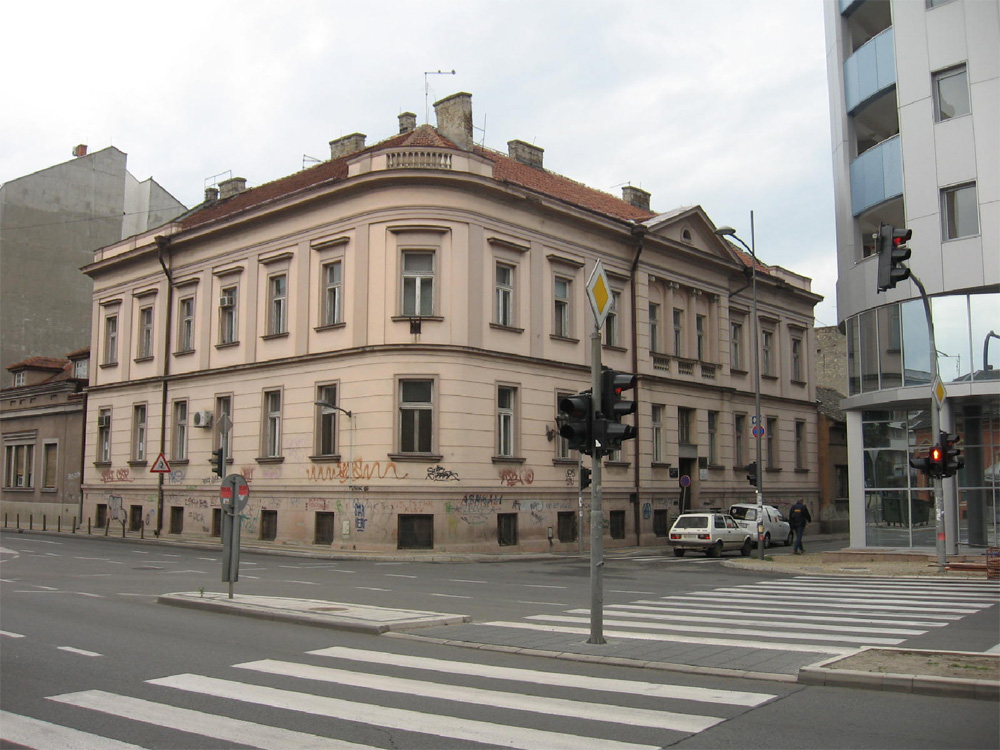
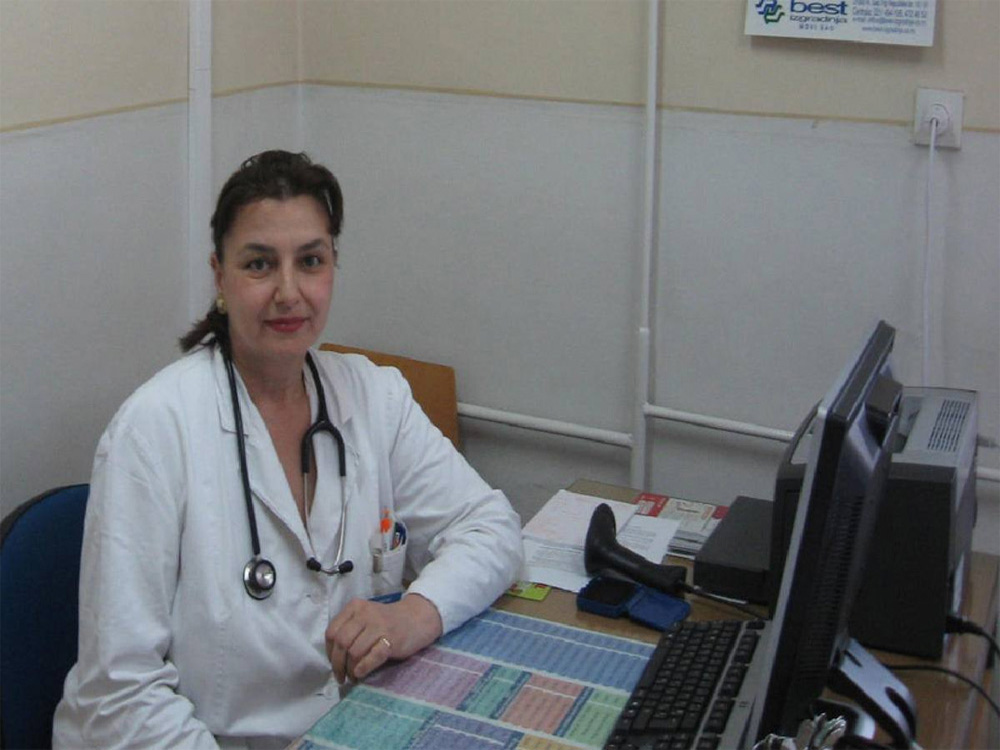
At the time I got involved in the ISAAC project for the first time, I had a diploma of the Faculty of Medicine, postgraduate studies, mental hygiene etc., but I passed the exam in pediatric allergology on June 08, 2004. I was a member of Headquarter for Ambrosia destroying, which was the team organized for coordination and monitoring of mowing ambrosia (ragweed) in the city parks of Novi Sad. It consisted of a president and seven members who were multidisciplinary leading experts of Novi Sad. Meetings were held at City Hall and attended by the City Council of the City of Novi Sad Municipal Utilities Authority, the City Administration for Environmental Protection, Public Utility Company "City Park" and professors of Natural Science Faculty and Medicine. Our contribution was a report on the impact of cutting on the prevalence of allergic diseases We followed morbidity of allergic diseases before and after Ambrosia mowing. It was formed in 2002 by the city mayor who had an allergic disease and when the new mayor was elected in 2005, HQ ceased to exist. Also in this time, I had many local educational lectures, going to many congresses (ERS congress in Belgrade, in organisation of Zorica Živkovi?, in Pali?) taking part in presentation on ISAAC data at Dedinje Pediatric meeting and I published many scientific papers. Prof. Dr Zorica Živkovi? was the main publisher of “Children’s Pulmonology”, so all principal investigators published their ISAAC data in that journal.
Our ISAAC team was small but a successful one and consisted of pediatricians :
dr Mila Hadnadjev, dr Brati? Mirjana, dr Ilijevi? Aleksandra, dr Vlaovi?-Ugljevi?anin Dušanka, dr Darka Hadnadjev
school pedagogue: Jelena Polak-Stefanovi?
nurses: Vera Puši?, Memedovi? Stana
two school professors: Mirjana Djurdjev and Jelena Djurdjev.
There are 52 schools in Novi Sad (30 elementary schools and 22 secondary schools). ISAAC questionnaires were very well accepted. We did not have any barriers; parents of the children in the kindergartens were also very cooperative, many of them considered that we were helping their children, but there were also many of them who did not want to admit that their child had diagnosis of asthma. We had shown pictures of eczema and urticaria for better understanding of the meaning of those words by school children.
We appreciated our contacts with Mrs Philippa Ellwood and Mr Tadd Clayton who helped us with their always useful and precious advice, so it was great opportunity to be in contact with ISAAC Center in New Zealand.
ISAAC results of asthma prevalence in our country are the only relevant information because there was no such universal project before ISAAC. Professor doctors of pediatric allergology continue to quote them as the most reliable data. The ISAAC screening questionnaire is unique and the most recognized one in the world, as it has proved itself to be!

